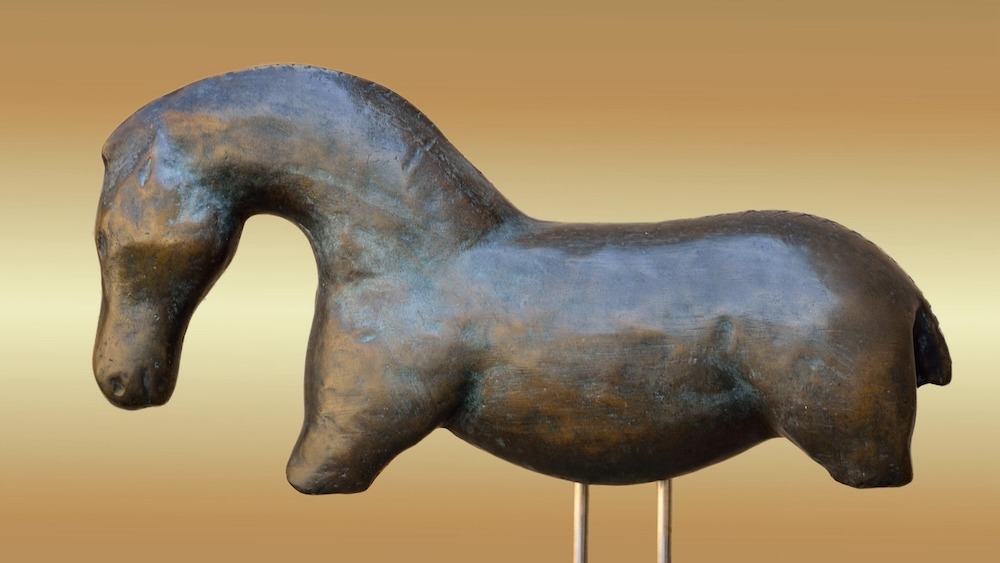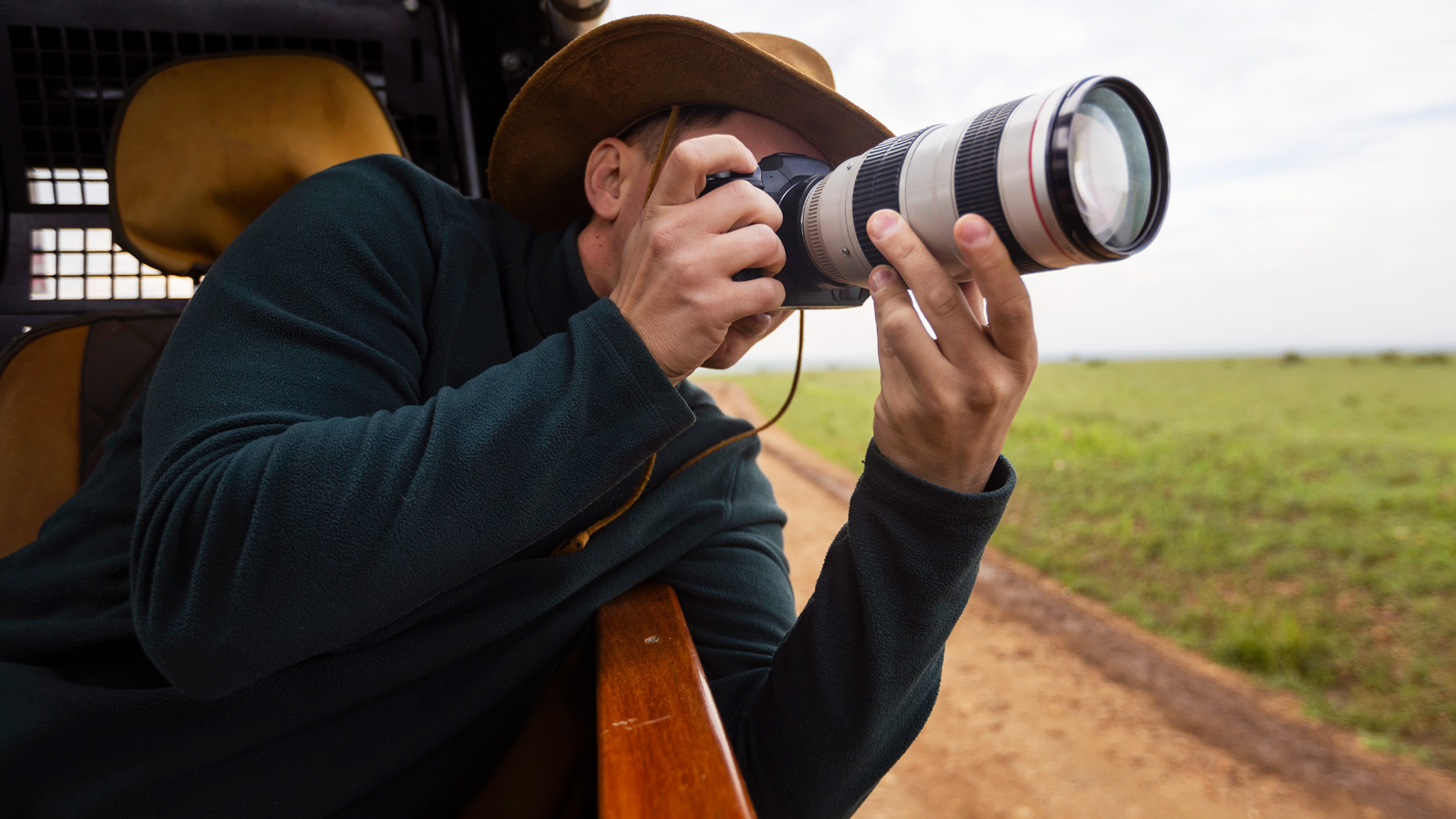World's 1st carved horse: The 35,000-year-old ivory figurine from Vogelherd cave
Carved out of ivory, the figurine was created during the Upper Paleolithic.

Name: Vogelherd horse
What it is: Considered the oldest known horse sculpture made by anatomically modern humans (Homo sapiens), this horse-shaped figurine is carved out of mammoth ivory. The palm-sized artifact measures roughly 1 inch (2.5 centimeters) high and 1.9 inches (4.8 cm) long and includes details such as a carved mouth, nostrils, eyes and mane. Although the ivory horse's head is complete, all four of its legs have been broken off. Archaeologists think the sculpture depicts a stallion, according to the Bradshaw Foundation, which asks, "Is this a stallion trying to impress a mare or a horse arching and kicking backwards against a predator?"
Where it was found: Vogelherd Cave in southern Germany
When it was made: Roughly 32,000 to 35,000 years ago, during the early Upper Paleolithic
What it tells us about the past: The cave where the figurine was discovered was a gathering place for the Aurignacian, an Upper Paleolithic group whose people lived between 43,000 and 35,000 years ago. Because their presence briefly overlaps with that of Neanderthals in this part of Europe, archaeologists think the two groups likely coexisted, according to France's Ministry of Culture.
Related: No two are alike: The colossal stone heads of Olmec in Mexico
The Aurignacian people were perhaps best known for being adept hunter-gatherers, as evidenced by their ability to craft stone tools such as blades and points. Hundreds of these items have been found inside the cave, as well as numerous animal bones and ivory pieces, including beads painted red with ochre.
Get the world’s most fascinating discoveries delivered straight to your inbox.
It's likely that the group used the space for processing meat, according to the Paleoanthropology Society. For instance, researchers who analyzed roughly 32,000-year-old animal bones in Vogelherd Cave primarily found reindeer (Rangifer tarandus) and horse (Equus ferus) remains, indicating that Aurignacian groups hunted and ate these animals as well as created artwork depicting them, a study in the Journal of Human Evolution found.
Jennifer Nalewicki is former Live Science staff writer and Salt Lake City-based journalist whose work has been featured in The New York Times, Smithsonian Magazine, Scientific American, Popular Mechanics and more. She covers several science topics from planet Earth to paleontology and archaeology to health and culture. Prior to freelancing, Jennifer held an Editor role at Time Inc. Jennifer has a bachelor's degree in Journalism from The University of Texas at Austin.
